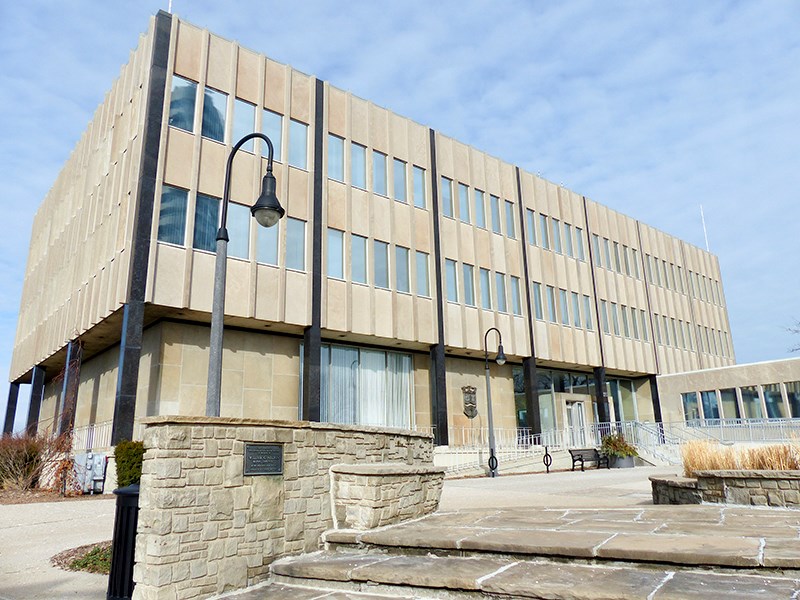Sarnia’s latest draft budget reveals a 10-year capital plan that leaves more than a third of project costs without funding. It details $682.5 million in project costs, yet $251.8 million remains unfunded.
This gap points to potential risks for infrastructure that will need upgrades or replacements sooner rather than later, and to the deferment of new projects such as waterfront development.
Currently, the City’s revenues are insufficient to meet the outstanding infrastructure needs or address the infrastructure backlog. The current prioritization for infrastructure rehabilitation and replacement focuses on urgency, available resources, readiness to proceed, and affordability.
David Jackson, Director of Engineering says we are in the same boat as other municipalities throughout Ontario. In many cities, infrastructure assets were built during the postwar boom period, from the 1950s to 1970s, and are now approaching the end of their design life.
“No municipalities set their taxes appropriately to fund those assets for the long term,” Jackson says. “We are all in a similar situation struggling with tough decisions; how do we maintain the services and assets we have while recognizing the need to maintain affordability for residents.”
The initial tax rate increase was projected at 7.31%, but adjustments were made to ease the impact on taxpayers, bringing it down to 4.91%. These adjustments included using $1 million from the Operating Contingency Reserve, deferring $4.3 million in contributions to the Capital Infrastructure Reserve, applying a one-time $600,000 reduction to the tax stabilization reserve, and deferring $274,844 in interest contributions to the Capital Infrastructure Reserve.
Minimum service levels are legislatively required for core infrastructure, but there is discretion for other city services and it all depends on the priorities of the community and City Council.
“Is it more important to repave roads, or enhance some parks, or get a new fire truck? Those are tough balancing decisions and every single resident of the city could have a different perspective,” says Jackson.
Council has identified several priority projects that currently lack funding. These include:
- Waterfront Master Plan Projects: $39.36 million
- New Police Facility: $60 million
- Multi-Use Recreation Facility: $29.3 million
- Norm Perry Park Upgrades: $7.7 million
- Canatara Park Enhancements: $6.18 million
- Flood Mitigation Initiatives: $22.93 million
- Road Rehabilitation Projects: $11.46 million
- Progressive Auto Sales Arena Improvements: $3.5 million
- Transit Fleet Upgrades: $11.5 million
It is ultimately up to Council to fund these projects if they wish to pursue them. They may find the funds through a variety of means such as grants, tax increases, public-private partnerships, taking on loan debt, or reallocating existing funds.
On November 26, Council will meet to deliberate and vote on any amendments to the proposed budget.
A Public Input and Grant Session will be held prior to this date during Council’s November 18 meeting at 1:00 p.m. Any citizen, group, or organization who wishes to make a presentation on the 2025 Proposed Budget can do so.
To attend this meeting electronically, pre-register with the Clerk’s Department by 10:00 am, Monday, November 18, 2024, by email to [email protected] or phone at 519-332-0330 ext. 3320 to ensure access to the meeting Zoom details.
This meeting will be live streamed through a link available through the city’s website, www.virtualsarnia.ca.
Public Input and Grant Session
- When: November 18, 2024, at 1:00 p.m.
- Where: City of Sarnia Council Meeting, online via Zoom
- What: Opportunity for citizens, groups, and organizations to present their input on the 2025 Proposed Budget.
